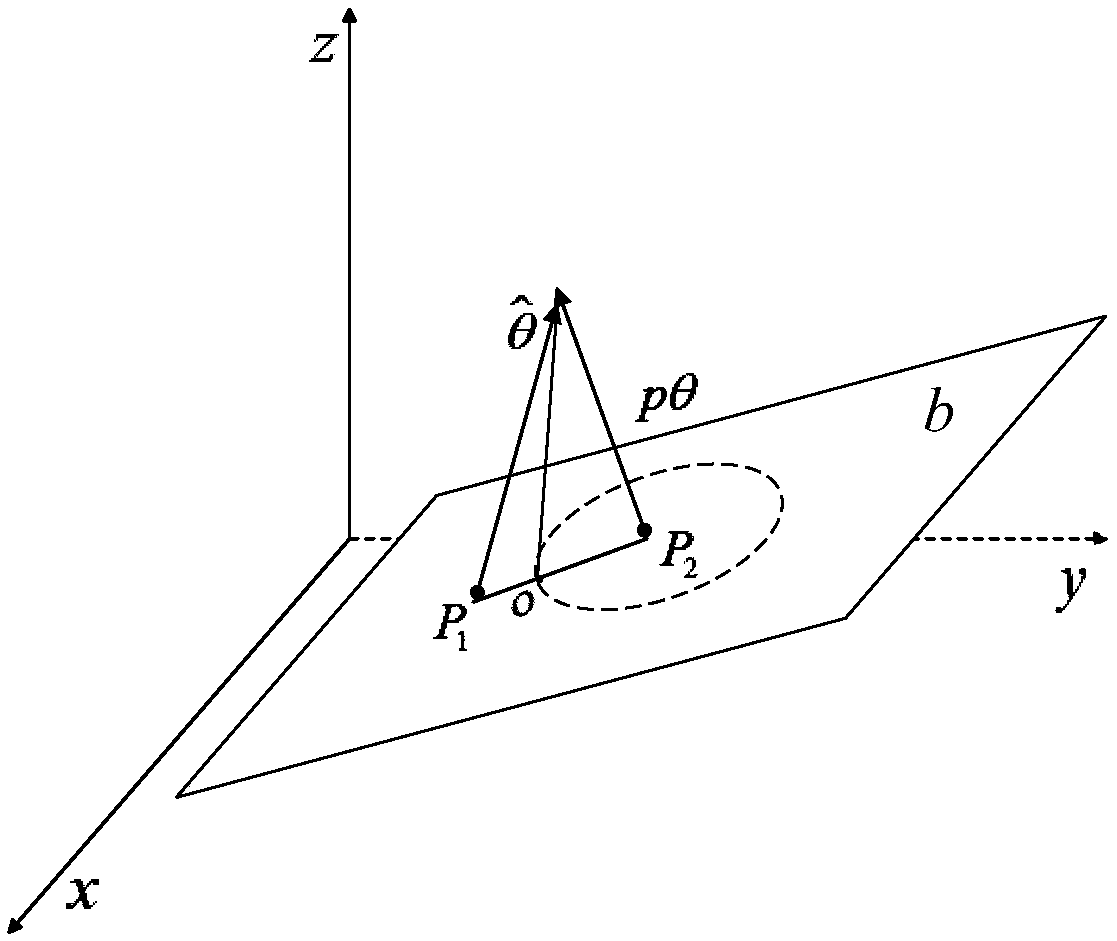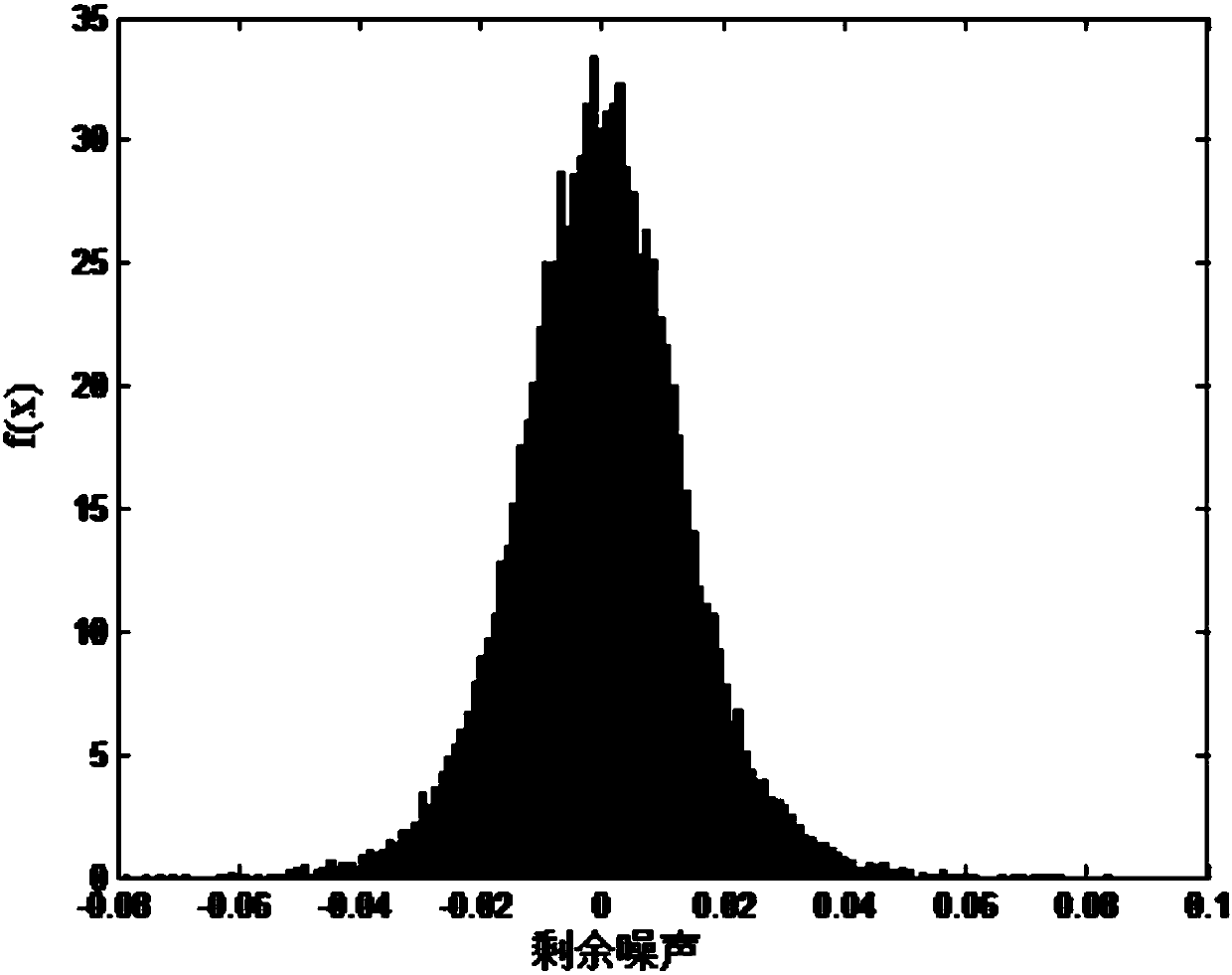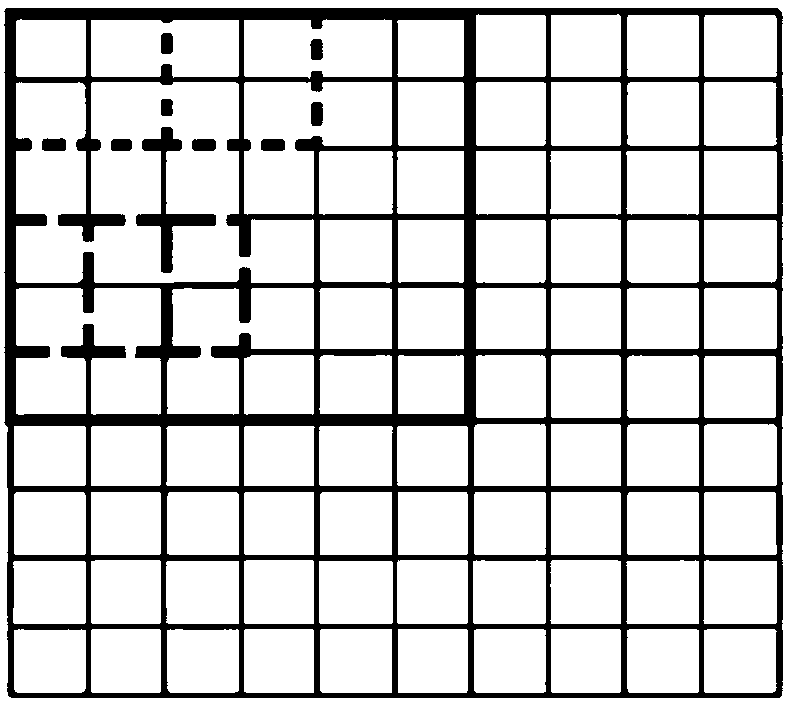Maximal posterior probability decoding and 3D block matching filtering based video de-noising method
A maximum a posteriori probability and matched filtering technology, applied in the field of video transmission, can solve problems such as image blur, achieve good details, high peak signal-to-noise ratio, and improve accuracy.
- Summary
- Abstract
- Description
- Claims
- Application Information
AI Technical Summary
Problems solved by technology
Method used
Image
Examples
Embodiment 1
[0067] The present invention proposes a joint denoising method based on maximum a posteriori probability decoding and three-dimensional block matching (BM3D) algorithm, spatially models the received signal at the receiving end, obtains the relationship between the expected signal and noise, and then uses maximum a posteriori decoding code to eliminate the noise with the highest probability. The core of the BM3D algorithm is empirical Wiener filtering, which uses the basic estimated value of the original image obtained in the basic estimation to perform Wiener filtering, which greatly improves the accuracy of the algorithm and plays the role of smoothing filter. After the signal is decoded by the maximum a posteriori probability and filtered by the BM3D algorithm at the receiving end, not only can a higher peak signal-to-noise ratio be obtained, but also a better visual experience can be obtained subjectively, and the details of the video image can be better preserved .
[006...
Embodiment 2
[0170] 1. Simulation scene setting:
[0171] The simulation experiment test sequence of this method is "Carphone", such as Figure 6 As shown, using "Carphone" of 10 th The frame is a reference frame, that is, the reference frame is stored in both the memory of the sending end and the receiving end of the system. Transmit video frames as 180 of the "Carphone" sequence th frame, such as Figure 5 shown. All reference video frames and transmission video frames are equally divided into 8×8 pixel blocks at the sending end, therefore, the number of reference pixel blocks for each transmission video sequence is 22×18=396, and the set of related pixel blocks is
[0172] In the entire simulation experiment, the transmitted signal is transmitted through a Gaussian channel, and at the receiving end, the signal is decoded by maximum a posteriori probability and jointly denoised by BM3D.
[0173] 2. Simulation result analysis:
[0174] In terms of visual quality, the method of joi...
PUM
 Login to View More
Login to View More Abstract
Description
Claims
Application Information
 Login to View More
Login to View More - R&D
- Intellectual Property
- Life Sciences
- Materials
- Tech Scout
- Unparalleled Data Quality
- Higher Quality Content
- 60% Fewer Hallucinations
Browse by: Latest US Patents, China's latest patents, Technical Efficacy Thesaurus, Application Domain, Technology Topic, Popular Technical Reports.
© 2025 PatSnap. All rights reserved.Legal|Privacy policy|Modern Slavery Act Transparency Statement|Sitemap|About US| Contact US: help@patsnap.com



